The Man from Chinnamasta by Mamoni Raisom Goswami (popularly known as Indira Goswami) was published in 2005 in Assamese under the title “Chinnamastar Manuhto” and created a furore upon its publication because of its central theme – a cry to put an end to the ancient practice of animal sacrifices in the Kamakhya temple. It was translated into English by Prashant Goswami.
Plot Points
Set in the Assam of the 1920s, The Man from Chinnamasta is the story of the clash of two ideologies. On one side, we have the powerful priest community and their patrons who are in favour of animal sacrifice and consider it of paramount importance in the shakt tradition of worshipping the goddess.
On the other hand, there is the titular man from Chinnamasta, the ascetic known only as Jatadhari, and his followers who firmly believe that the goddess can be worshipped equally well with flowers and therefore take a stand against the practice of sacrificing animals. It is this tension between the two factions that becomes the central force of the novel and that drives the plot forward.
The Jatadhari, who is a central figure in the book despite being away from the action for a considerable part, is presented as shrouded in mystery. He is a yogi and a man of power. He is a devotee of the goddess and the people believe him to be a healer of great knowledge. Snakes are said to come and live in his dreadlocks and he can be seen meditating in the Brahmaputra and is able to swim through it even during heavy rains.
Among his followers is Ratnadhar, a young artist who has been cured by him, and an Englishwoman Dorothy Brown who comes to Jatadhari after leaving her husband who has taken a local woman as his mistress. A relationship develops between the Jatadhari and Dorothy which becomes a source of malicious gossip among the people and Dorothy and Jatadhari decide to go away for some time after a vicious attack on Dorothy.
When they return, Ratnadhar and other young students have collected signatures on the petition to stop the animal sacrifice and the novel reaches its powerful climax when the two opposing factions come face to face in the temple. The subplot of the novel is the story of Ratnadhar and Bidhibala, a young girl forced to marry a man many years her senior and already with a wife and children.
Themes and ideas
The Man from Chinnamasta is an idea-centric novel and it is the idea which is greater than the plot of the book. The plot is used in service of the idea and therefore, is loose and descriptive. Goswami uses her powers of description and her knowledge of the folklore and traditions of the worship of the Goddess to bring that world alive before her readers.
The readers are transported to a different realm as the culture and traditions of worshipping and the various schools of worship come alive before the reader. We see devotees coming from far and wide to worship the goddess during festivals, the veneration of the kumaris, the animals being brought for sacrifice, the group of prostitutes that comes for participating in the festival – all come alive before the readers.
Goswami paints the picture of two important celebrations that take place in the temple – the Ambubachi and the Deodhwani – which also become important for the action that takes place in the book. A lot of space is given to the tantric traditions of worship and the methods used by its practitioners as we witness their acts that are aimed at pleasing the goddess.
Similarly, she also describes the traditions followed during the festivals, the dances performed, the veneration and the various sacrifices that take place at length and give the reader the feeling of witnessing all of this themselves. Her detailed descriptions of the sacrifices, the tantric practices and the repeated imagery of animals being led to slaughter seem to have the purpose of making the readers side with Jatadhari and his followers in speaking out against the practice, and she is successful.
Goswami also, very skillfully, weaves in the history and historical facts about Assam in the course of the narrative. We learn more about the Ahom rulers as well as the Mughals; the Burmese as well the English rulers through the conversations of various characters, the gossip mongers as well as the paintings of Ratnadhar which have historical themes. Besides, she also weaves in the condition of women in society through her female characters. Be it Dorothy, Bidhibala, the hard-working wives of the priests or the buffaloes being led to slaughter – none of them is allowed to have the agency to decide the course of their lives.
Because the novel is so deeply steeped in Assamese culture and practices of worship in the temple, it can get a little difficult to follow for someone who is unfamiliar with the territory. I wish a glossary had been provided at the end of the book, it would have definitely added to the value of the novel.
Best Quotes
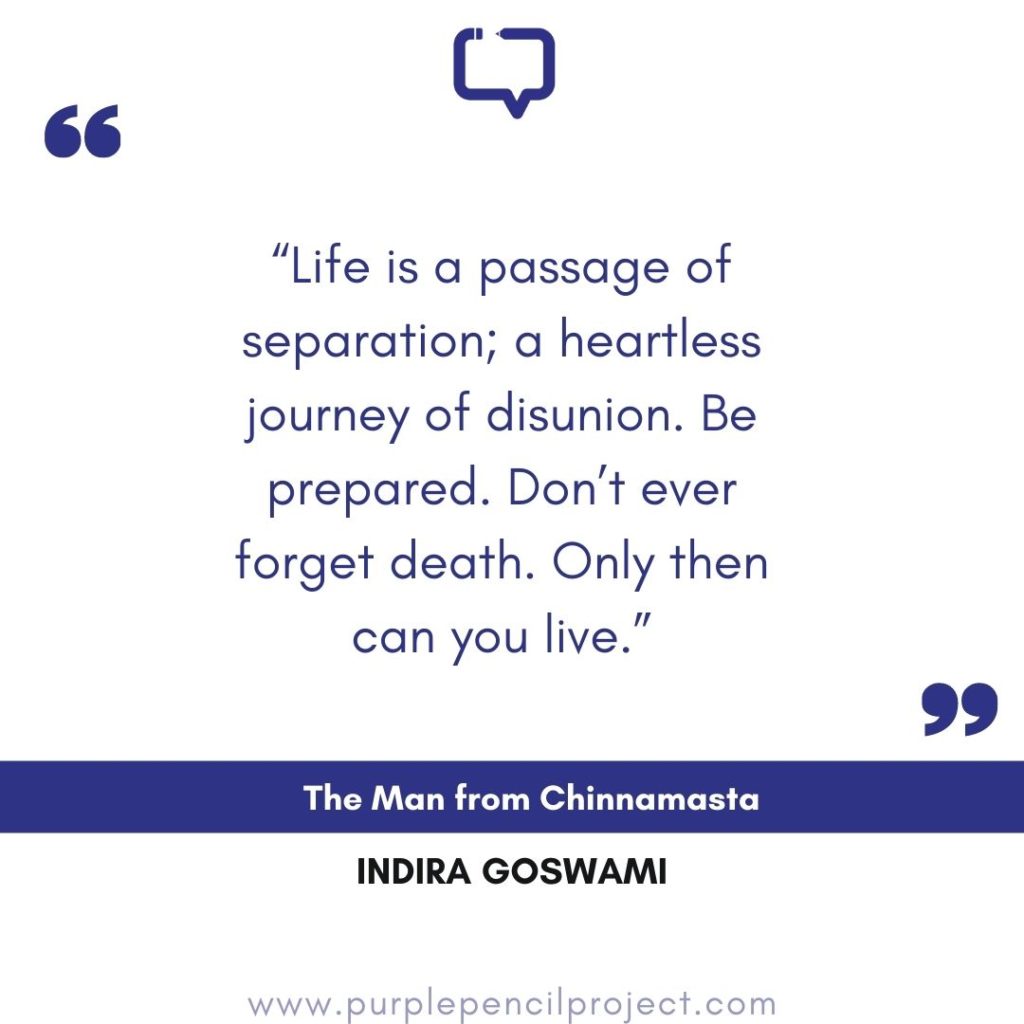








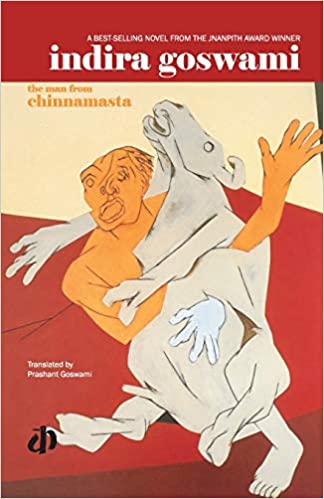
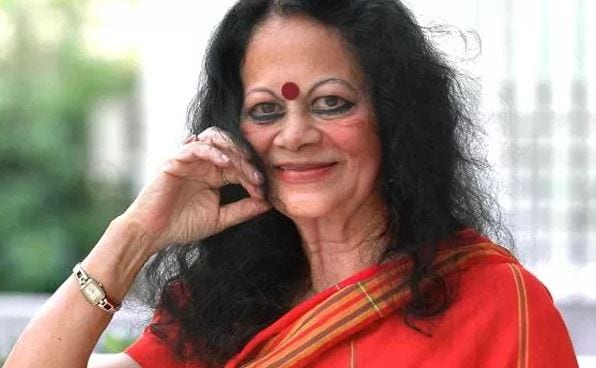


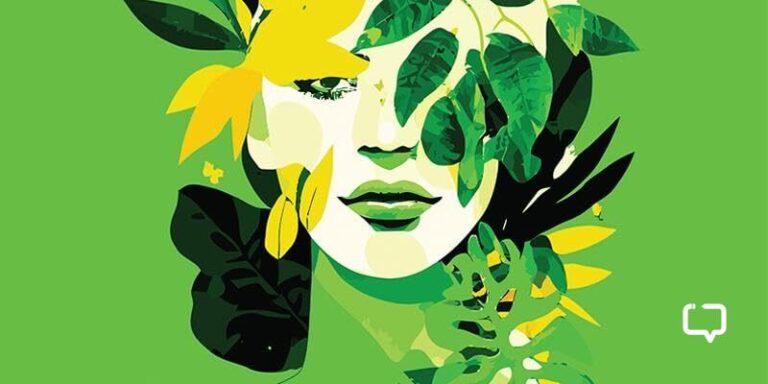





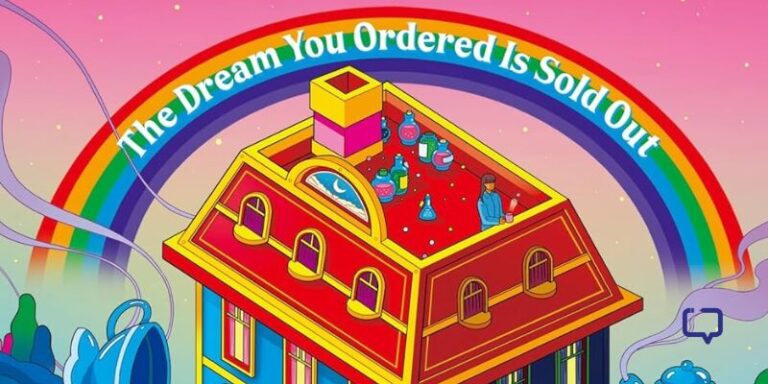

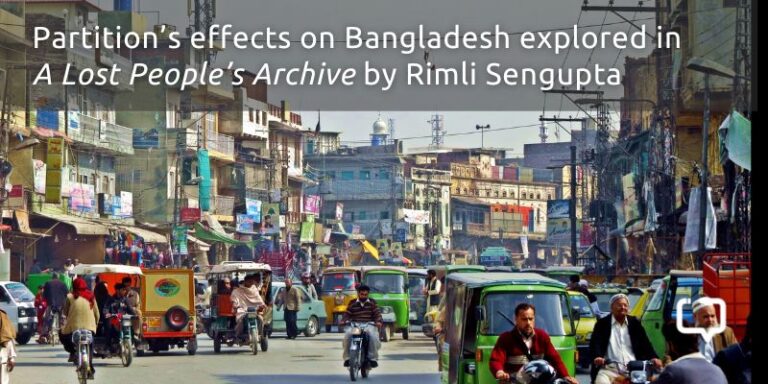
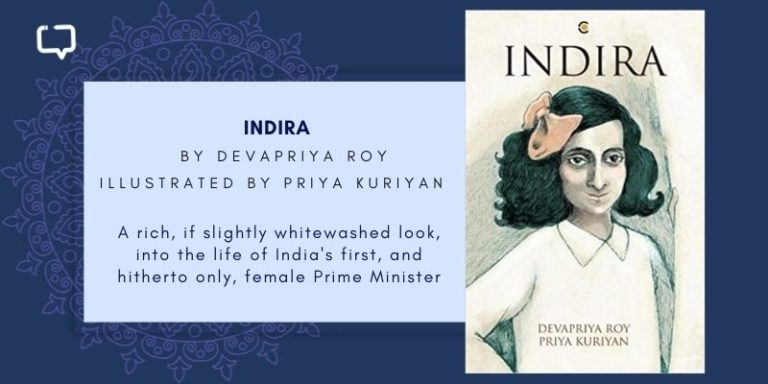

2 Responses
I have lived in Assam, in its central portion, for five years. I have heard mythological stories about the dieties worshipped in other parts of India, and how these relate to Assam. There are some literateurs important to Assamese culture, who hail from Sonitpur, I know. The tradition of ‘Naam’ and ‘Kirtan’ begun by Sankardeva (???) has a counterpart in Sikh beliefs and mode of worship. Would you know of reports about interaction between proponents of these two religious traditions ?
Hello Nirpinder, Thank you for writing in! Unfortuntely, we don’t have such a specific expertise, I would suggest you look at research papers on Shodhganga.net? They have a rich collection of thesis work which may more authoritatively answer your questions.